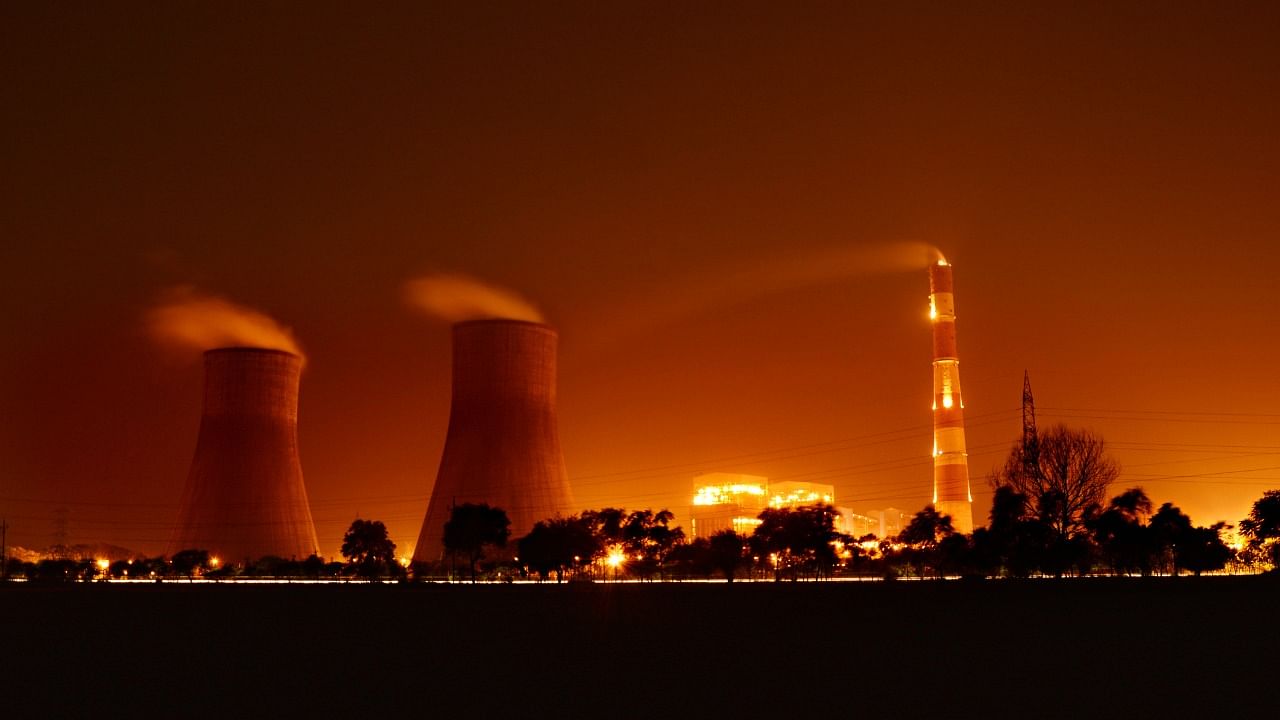
A planned new generation of small nuclear reactors will create more waste than conventional reactors, while treatments to make some types of waste safe could be exploited by militants trying to obtain fissile materials, a study published on Tuesday said.
The projects, called small modular reactors (SMR), are designed to be simpler and safer than conventional plants in the case of accident. They are also expected to be built in factories as opposed to today's massive light-water reactors that are built on site and typically run billions of dollars over budget.
SMR backers say they are a safe way to boost generation of virtually emissions-free electricity and will help curb climate change.
But the reactors would create more radioactive waste, per unit of electricity they generate, than conventional reactors by a factor of up to 30 according to a study published in the Proceedings of the National Academy of Sciences.
Some of the reactors, with molten salt and sodium-cooled designs, are expected to create waste that needs to go through additional conditioning to make it safe to store in a repository. Those treatments are vulnerable to being converted by militants to make fissile materials for a crude nuclear bomb, it said.
Allison Macfarlane, a co-author of the study and former head of the US Nuclear Regulatory Commission, said SMR designers "don't pay that much attention in general to the waste ... because the thing that makes money for them is the reactor."
"But it's important to know about the waste products and whether they're going to pose any difficulties in disposing of them and in managing them," Macfarlane said.
The United States has no plan to permanently store long lasting, toxic nuclear waste, after Washington stopped funding the Yucca Mountain waste site in Nevada. Instead, the waste, which the industry calls spent nuclear fuel, mostly sits at nuclear plants in pools and later in dry casks made of steel and concrete.
"Even if we had a robust waste management program, we think there would be a lot of challenges to deal with some of the SMR waste," said Lindsay Krall, the study's lead author.
NuScale Power Corp reactors, which could use light water as a coolant, as do conventional nuclear plants, would produce about 1.7 times more waste per energy equivalent than traditional reactors, the study found.
Diane Hughes, a NuScale spokesperson, said the study used outdated design information and incorrect assumptions about the plants.
Other reactors, being planned by Terrestrial Energy and Toshiba Corp that plan to use fuels and coolants different than traditional reactors are also expected to create more waste per unit of energy, the study said. Those reactors would likely require additional procedures known as conditioning which offer pathways to proliferation, it said.
Simon Irish, Terrestrial Energy's chief executive, said its plant would generate less waste per unit of power and the company is developing a conversion process to make waste more geologically stable than waste from current reactors.
Toshiba did not immediately respond to a request for comment.